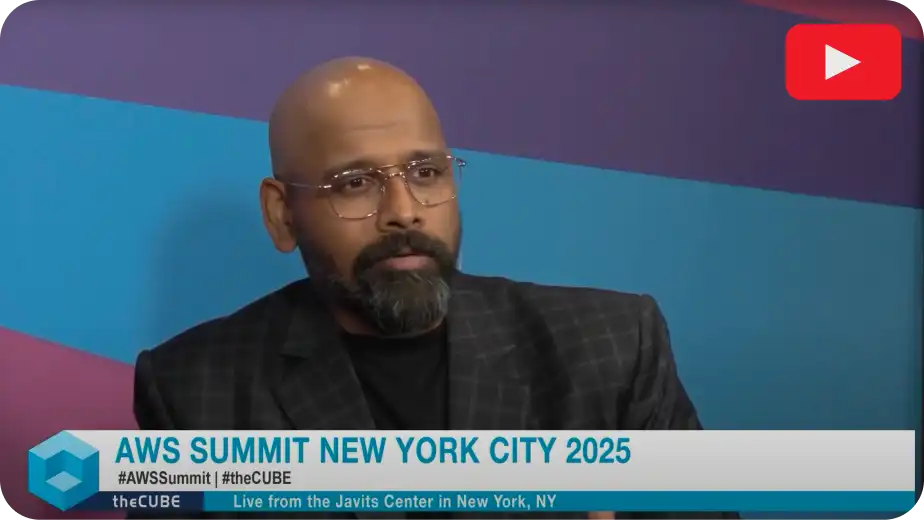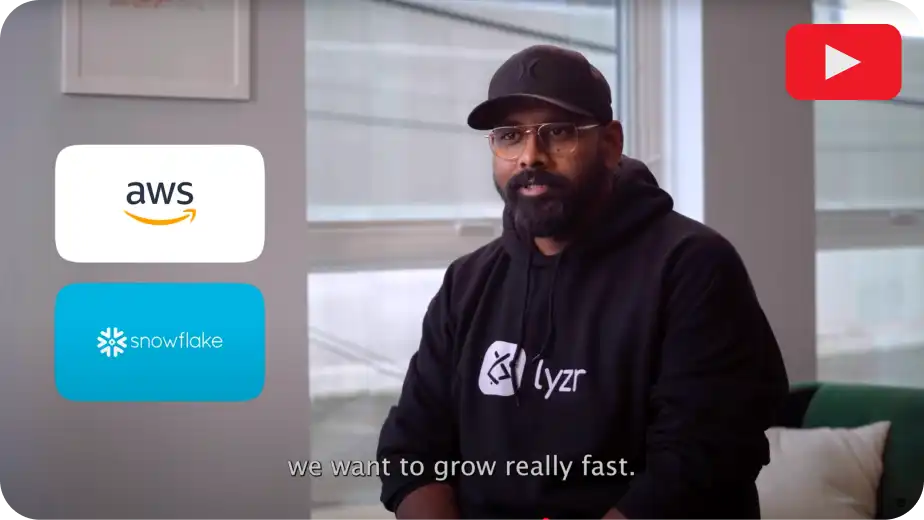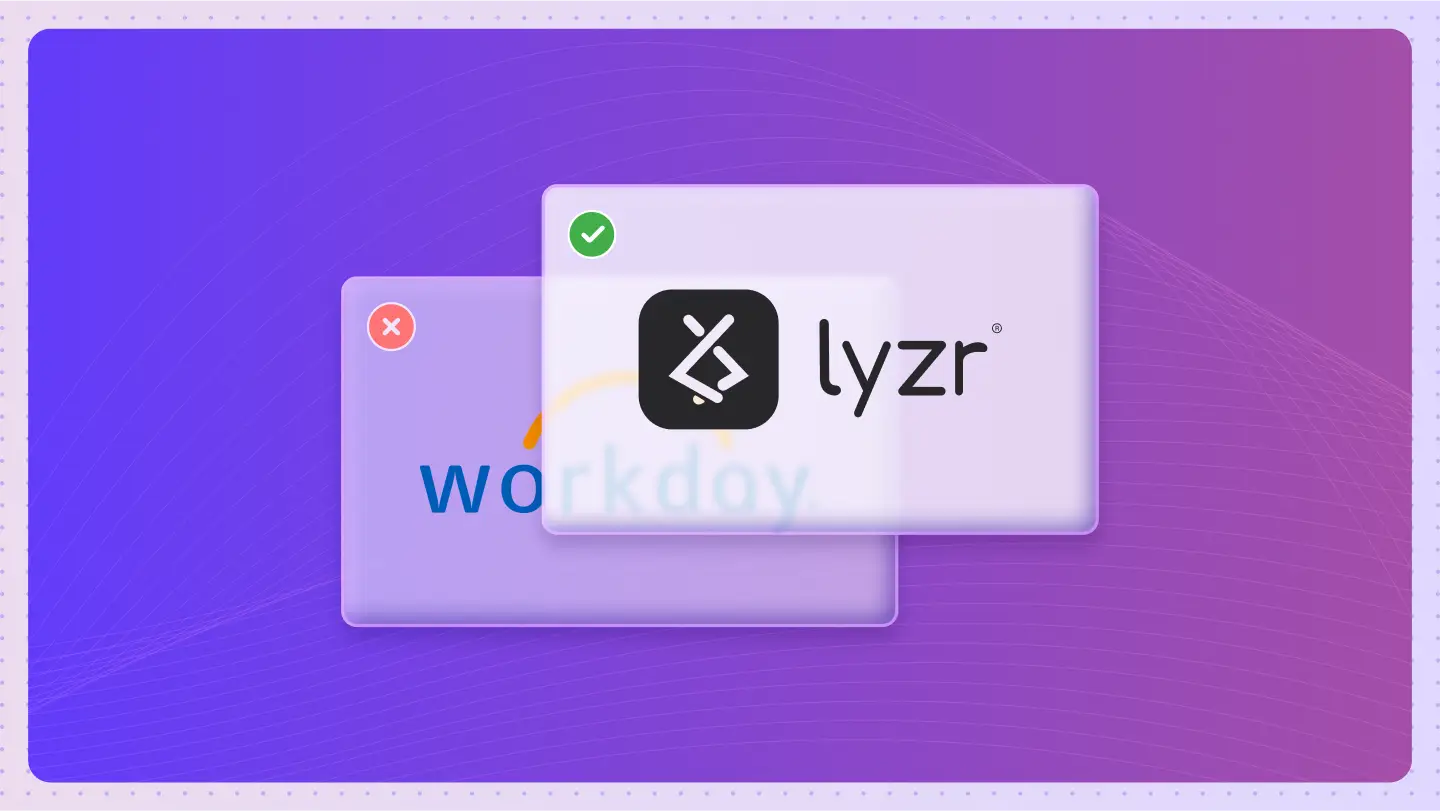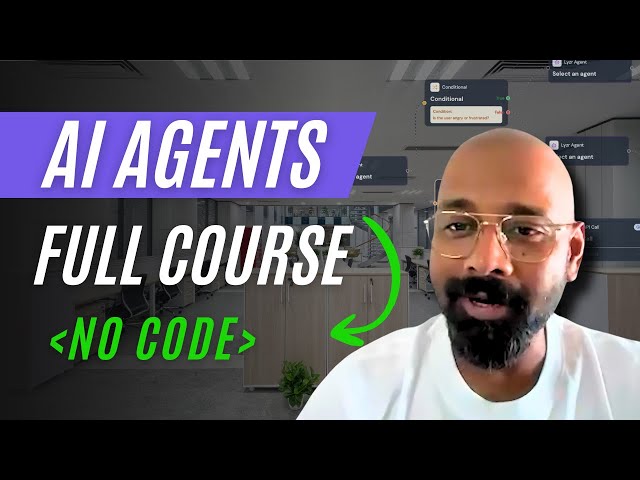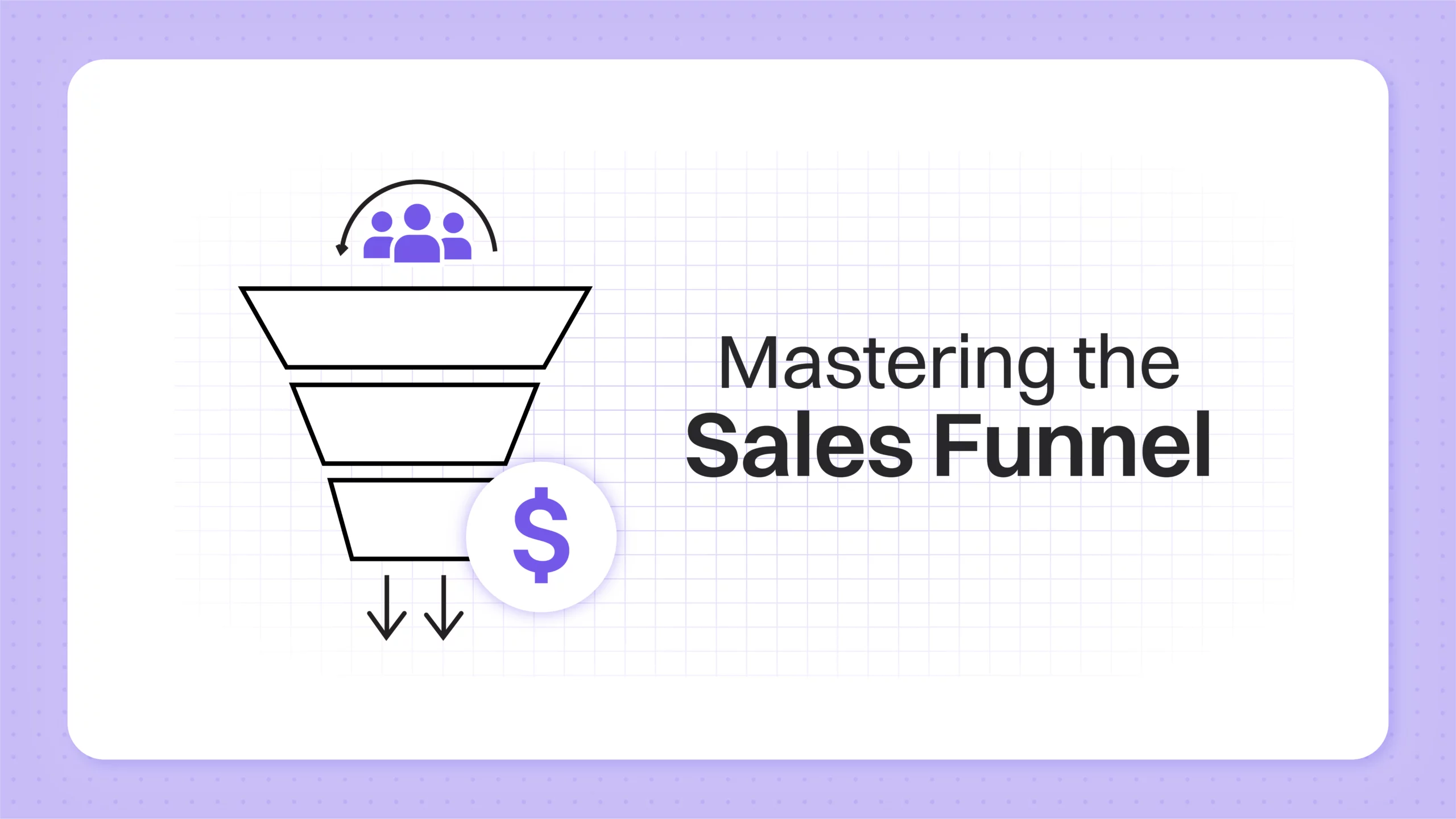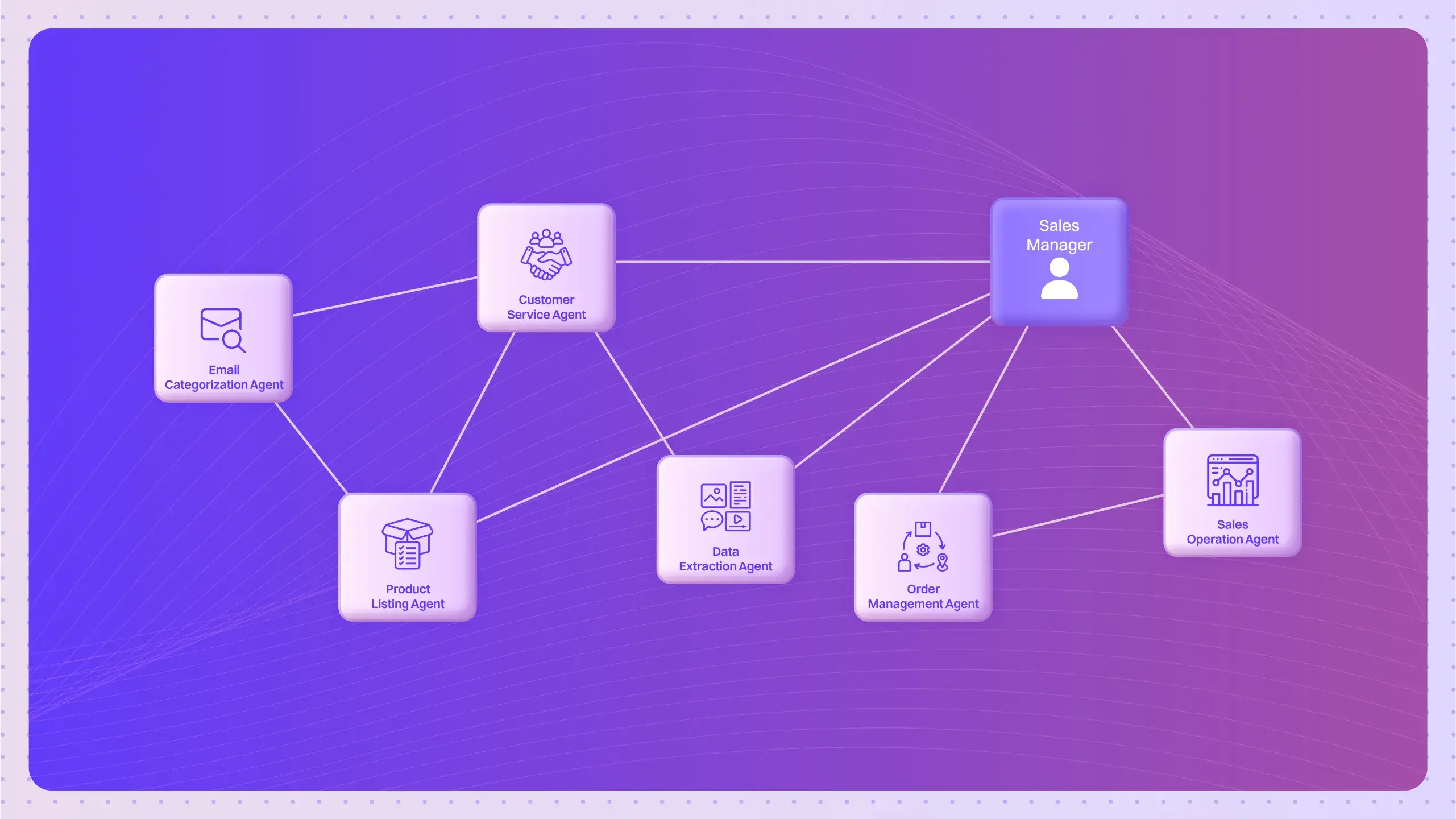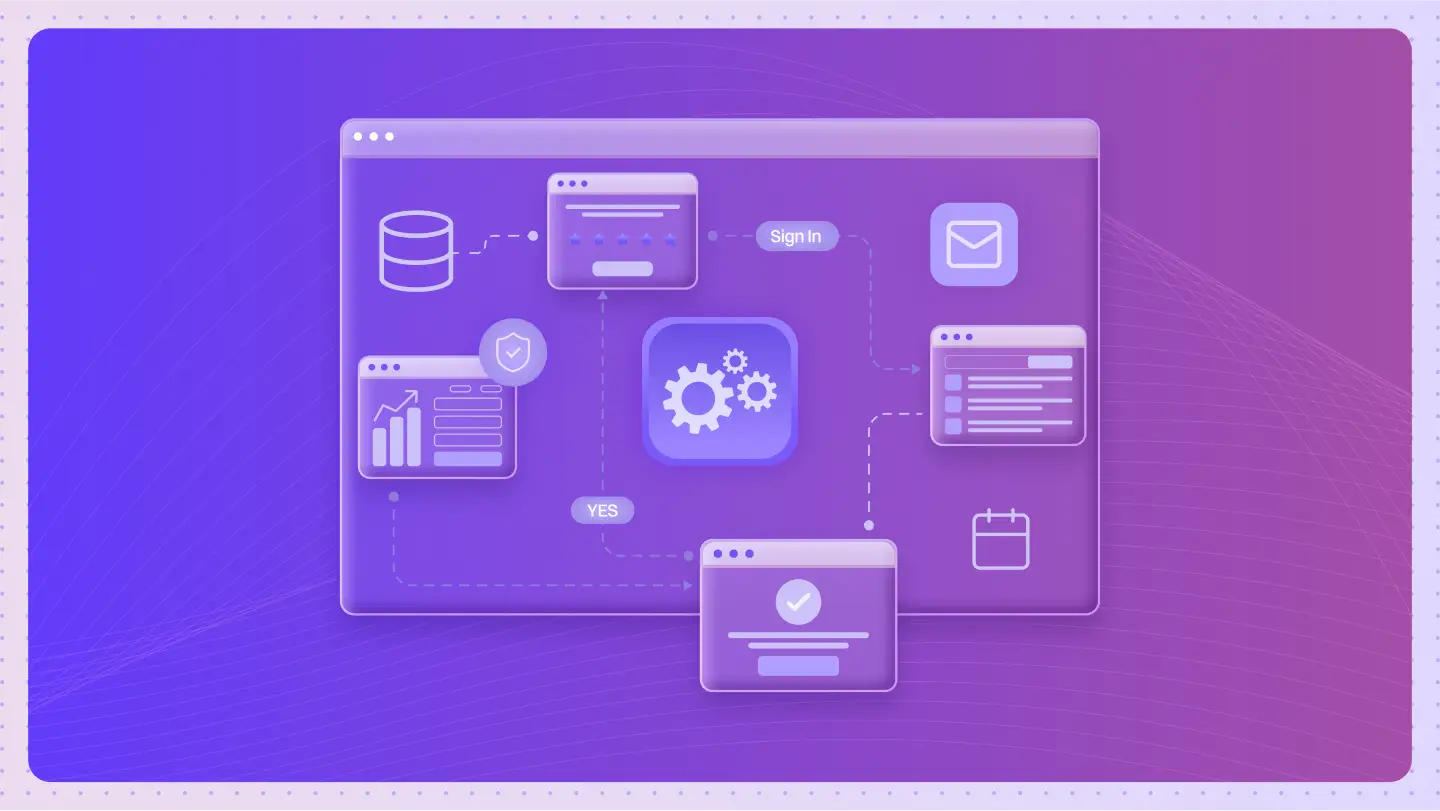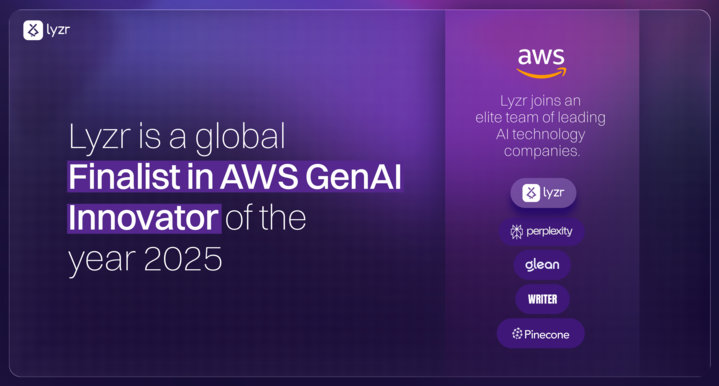Table of Contents
ToggleImagine a stranger approaches you on the street offering a $2,000 watch.
99% of the time, you’d say no.
Why? You don’t know the person, there’s no trust, and no reason to believe in their offer. This is why businesses don’t push for a sale right away.
Instead, they offer something low commitment, like a flier or a free sample, letting you decide if you’re interested. It’s a way to build trust without pressure.
Now, picture the same scenario on your website.
If you go straight for a $700 sale, most visitors will leave without thinking twice.
But with a sales funnel, you start by offering something valuable for free, like a useful report. This builds trust and gives visitors a reason to stay engaged.
As they consume your free content, they’re more open to your next step: an invitation to a free online event. By the time they’re interacting with you more, they’ve moved from a cold prospect to someone more likely to purchase from you.
Let’s explore why adopting a sales funnel approach can make a difference in turning prospects into loyal customers and how to build a sales funnel effectively to capture potential customers’ journeys.
What is a sales funnel?
A sales funnel represents the journey potential buyers take when they show interest in a specific product or service.
Think of it as a path where your prospects start wide and gradually narrow down as they move closer to making a decision. This process, often referred to as prospecting, is a crucial step for sales teams trying to turn leads into customers.
Let’s break it down:
At the top of the funnel, you start with a large group of potential buyers. But as they progress through the journey, the pool of prospects gets smaller.
By the time they reach the middle, many drop off as they move further along. And by the end of the journey, you’re left with either a “closed-won” or “closed-lost” deal.
As the sale progresses, the chances of closing the deal become clearer. You exchange more information with the prospect, helping them see the value and benefits of the product. This structured approach is often referred to as the sales funnel model, which includes stages from awareness to retention.
If it’s a “closed-lost,” it’s time to move on. But if it’s not, and the deal keeps moving forward, the likelihood of success grows. In the end, every step in the funnel brings you closer to a successful close — or reveals the need to adjust your approach.
Sales Funnel Lifecycle
Top – “Just Exploring”
At this point, your prospects are in discovery mode, trying to understand their problem better. They’re similar to a customer casually browsing a store, gathering information with no immediate purchase intent. This awareness phase is where subtle, broad marketing tactics can spark interest without being too pushy.
Middle – “Tell Me More About This”
Here, potential customers and sales-qualified leads (SQLs) are actively researching specific solutions. They’re ready for more targeted information to guide their decision-making process. This is a critical moment to align your sales and marketing approaches, focusing on educating and nurturing to help prospects move forward in their journey.
Bottom – “I’m Ready to Decide”
By now, your prospect is close to making a purchase and just needs a little nudge. This is the time for sales teams to engage directly, delivering a strong closing message and focusing on relationship-building follow-ups. Creating a positive buying experience here can enhance satisfaction, foster loyalty, and increase the likelihood of referrals.
One thing to note a sales funnel is not a marketing funnel, here is what sets them apart
So, Why Do You Really Need a Sales Funnel? Benefits You Should Know
You might be asking yourself:
“Do I really need a sales funnel to close a deal?”
“Can’t I just call a prospect and pitch my product directly?”
While that approach might work in some cases, it’s not the most effective way to drive consistent results—especially if you’re focused on hitting your sales goals. The company’s sales model plays a crucial role in structuring the sales process within the framework of a sales funnel, guiding potential customers from initial interest to final purchase.
Here’s why setting up a proper sales funnel can make all the difference, and the key benefits that come with it:
1. It Helps You Focus Your Sales and Marketing Strategy
Think about it – your target audience can reach out at any point during their journey. Whether they’re in the research phase or almost ready to make a decision, it’s important that your marketing and sales teams are aligned.
That way, you can deliver exactly what they need, even when you’re not there in person. With a sales funnel in place, you’re providing the right offers and info, even outside of one-on-one sales conversations.
2. Deliver the Right Message, Right When They Need It
One of the best things about a sales funnel? It gives you a clear view of where your prospects are in their sales process.
At the top of the funnel, prospects are just getting to know your brand. They need helpful content like blog posts or infographics to build trust and comfort.
With an AI video maker, businesses can automate the creation of personalized product demos and video content that cater directly to the prospect’s interests, enhancing engagement and driving conversions. Leveraging software video production services can further streamline this process, ensuring high-quality, consistent videos without overburdening your marketing team.
3. Save Time and Effort
Once your sales funnel is set up, you’ll notice a big difference in how much time you spend on content creation. Instead of making new content for every single prospect, you can create high-quality content that works for multiple stages of the funnel.
For example, one blog post that tackles a common pain point can be shared with everyone in the awareness stage. Or, a lead magnet, like a special offer, can be shared with those in the desire stage. This means you’re not reinventing the wheel, saving time and effort in the long run.
4. Watch Your Sales Numbers Grow
As your leads move through the funnel and get nurtured, the chances of converting them into paying customers increase.
In fact, nurtured leads are 47% more likely to convert. By optimizing your sales funnel, fixing any weak spots, and guiding leads through each stage, you’ll see more of them reach the end of the funnel, ready to make a purchase.
5. Get More Accurate Revenue Predictions
By using metrics like conversion rates between funnel stages, you can calculate the percentage of leads likely to convert and estimate your revenue. This allows you to project future sales more accurately, leading to better planning and decision-making.
4 Stages of Sales Funnel
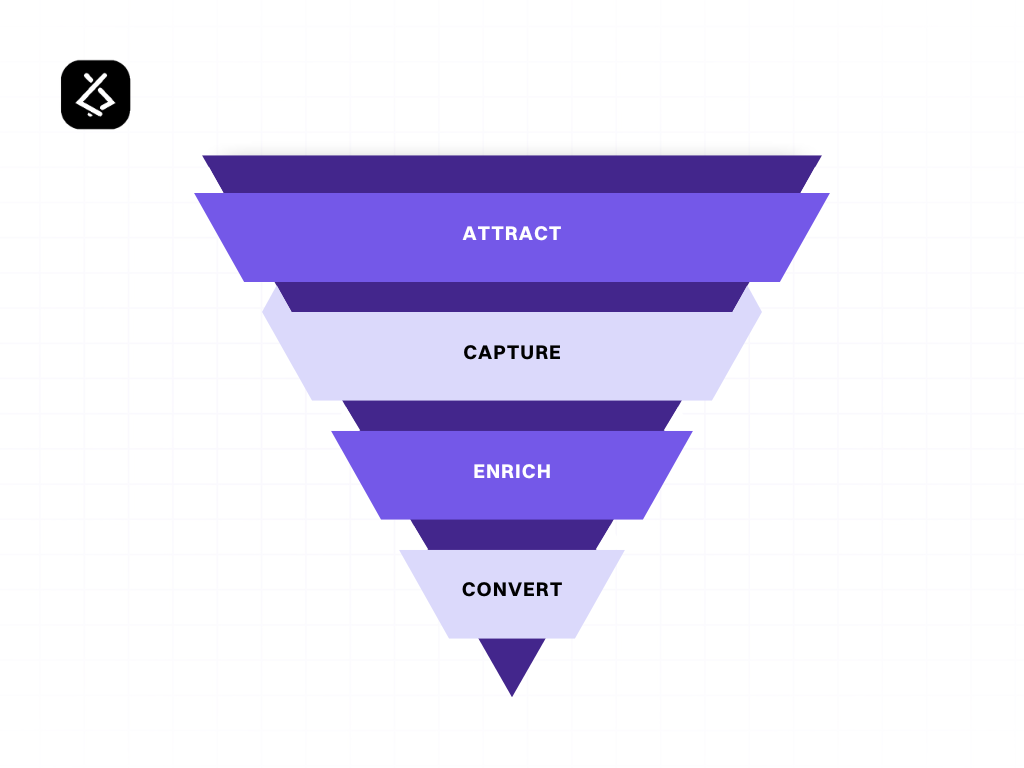
Top-performing sales reps have a deep understanding of each stage of their sales pipeline, from initial cold calls to closing the deal.
This knowledge benefits them in two major ways:
- They can effectively address customer needs and deliver the right message at the right moment.
- They can scale their approach and accurately forecast sales and revenue to meet their targets.
To fully understand how a sales funnel works, it’s essential to identify and recognize the key steps involved.
1. Attract Stage
The journey begins at the awareness stage of the sales funnel, where potential customers first become aware of your product or service. This is where they recognize a specific pain point they need to solve, and discover your solution as a possible way to address it.
Whether through social media marketing, Google search, or organic search, prospects are introduced to your brand.
For instance, a potential customer might come across your brand on social media or find your website after searching for a solution to their problem. This is the first step in the sales funnel process, where you aim to capture high quality leads and generate awareness.
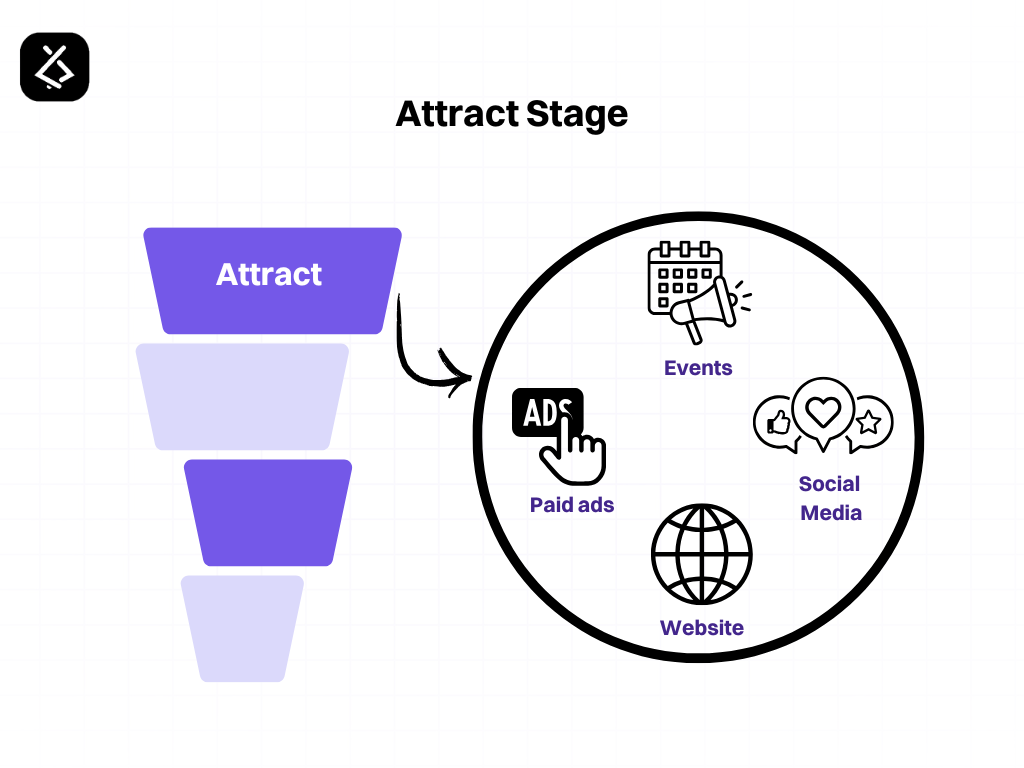
2. Engage Stage
Once prospects are aware of your brand, they start to show interest and look deeper into your solution. This is when they research further, compare options, and assess if your offering is right for them. They might browse your website, watch a webinar, or read your sales pages.
Example: A prospect reads more about your service on your landing page and checks out case studies or product demos to see how you can help them.
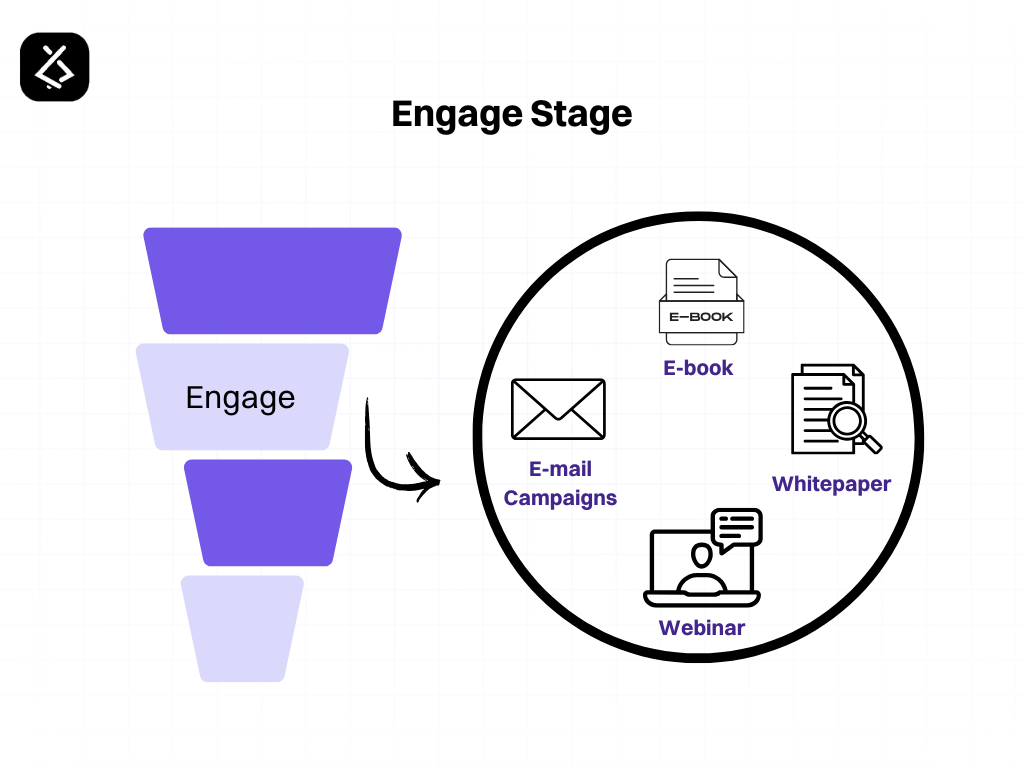
3. Enrich Stage
In this stage, prospects are seriously considering your product. They’ve evaluated it, understood its benefits, and now want to know more details like pricing, packaging, and specific features. They might look at pricing pages, attend sales calls, or request product demos.
Example: A prospect gets in touch for a one-on-one call to discuss the specific benefits of your product and how it can solve their unique needs. This is when they’re ready to make a more informed decision.
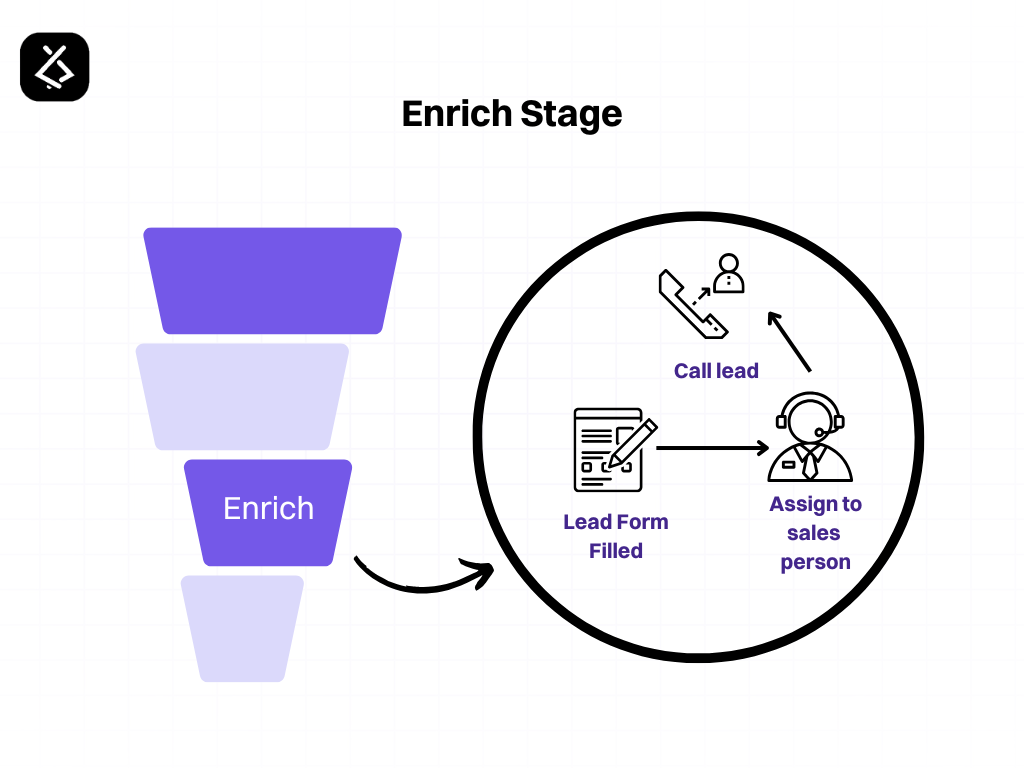
4. Convert Stage
Now that the prospect has all the information they need, they’re ready to make a decision—buy or not buy. This is the conversion stage. It’s essential to make it easy for them to take the next step, whether that’s signing up, making a purchase, or filling out a contact form.
Example: A prospect clicks on a special offer you’ve sent via email marketing, making the final decision to purchase your product or service.
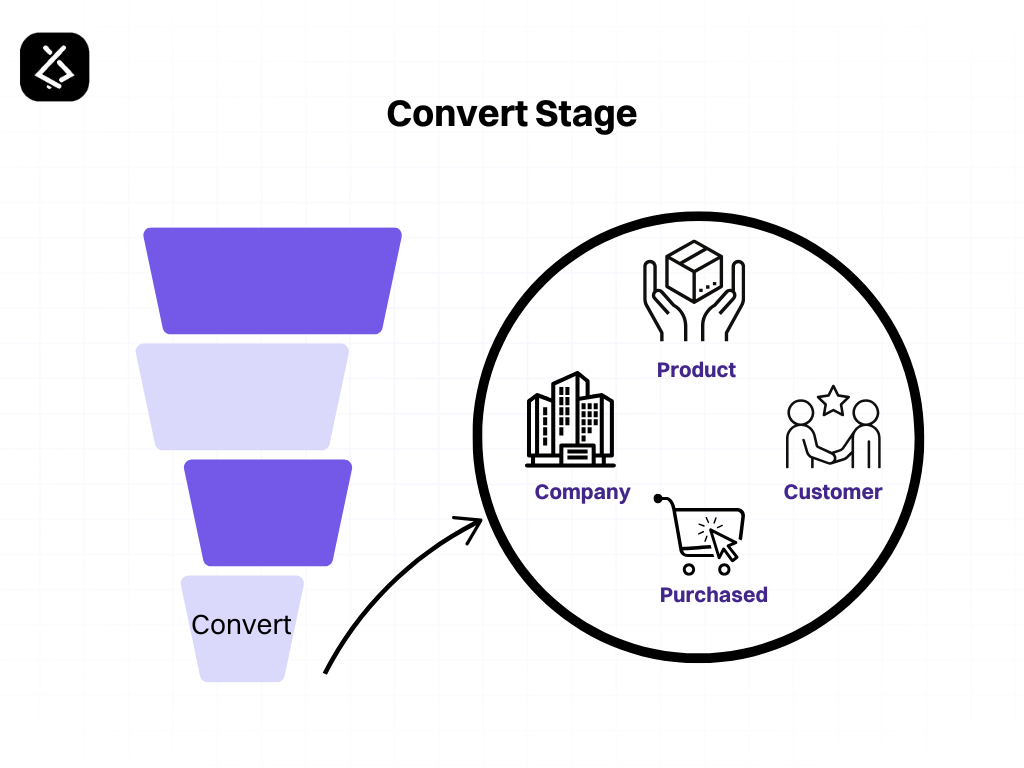
How to create a sales funnel
Step 1 — Understand Your Audience’s Needs: A successful sales funnel starts with a customer-first approach. To create or improve your funnel, you need to understand your audience’s common problems, questions, and decision-making processes.
- Research your prospects’ recurring challenges and behaviors.
- Identify their pain points and needs at each stage of the funnel.
- Track data to refine your audience profiles and adjust your approach.
- Tailor your content to provide value and demonstrate how your solution can ease their problems.
Step 2 — Create Valuable Offers: Instead of focusing on the sale right away, engage and educate your prospects at each funnel stage. Build trust through high-quality resources that address their needs.
- Offer lead magnets (eBooks, reports, videos) in exchange for contact info.
- Focus on providing value—make sure your content helps solve problems.
- Avoid misleading offers; ensure your content meets expectations and builds confidence.
Step 3 — Build a Conversion-Focused Landing Page: Once you have something valuable to offer, use a sales funnel template to direct prospects to a clear landing page with a defined call to action.
- Make the page specific and intentional, focused on converting visitors to leads.
- Use clear language that speaks to your target audience’s pain points and needs.
- Include a simple form to collect contact information for further communication.
Step 4 — Implement Lead Nurturing: Once you’ve captured contact information, it’s time to nurture your leads. Engage with them across various channels to keep building interest.
- Use email marketing campaigns, follow-up messages, and social media to stay top of mind.
- Consider lead scoring to prioritize high-quality leads based on their stage in the funnel.
- Automate personalized follow-ups to keep leads engaged and move them down the funnel.
Step 5 — Launch and Drive Traffic: Publish your landing page and make sure it’s optimized for SEO. Drive traffic to the page and strengthen your brand’s presence across multiple channels.
- Use strategic keywords and metadata to attract the right audience.
- Promote your landing page via social media, email, SMS, or traditional methods.
5 Key Sales Funnel Metrics to Track
Monitoring metrics is crucial for understanding how well your sales funnel performs. Here are the key metrics to focus on:
- Lead Velocity Rate
Lead velocity rate measures the month-over-month growth in qualified leads, providing an early indicator of potential revenue growth. A high lead velocity rate suggests a healthy pipeline, setting the stage for strong future sales.- Formula: ((Current Month’s Leads – Previous Month’s Leads) / Previous Month’s Leads) * 100
- Use this to track how your lead volume changes over time, signaling your team’s effectiveness in generating leads.
- Conversion Rate
The conversion rate shows how effectively your sales team moves leads through each stage of the funnel. It’s an essential indicator of lead quality and your team’s ability to engage prospects.- Formula: (No. of Conversions / Total No. of Leads) * 100
- By analyzing conversion rates at each funnel stage, you can refine strategies to improve lead progression.
- Opportunity Win Rate
This metric represents the percentage of opportunities that successfully close. Monitoring opportunity win rates helps you gauge your team’s ability to finalize deals.- Formula: (No. of Opportunities Won / Total No. of Opportunities) * 100
- Look for balance across stages; a backlog at any stage may indicate the need for improved tactics to advance leads.
- Sales Cycle Length
Sales cycle length tracks the average time it takes for a lead to move from first contact to deal closure. Shorter cycles generally indicate a streamlined and optimized process, which boosts revenue and customer satisfaction.- Formula: Average No. of days from initial contact to deal closure
- This metric highlights bottlenecks in the process, allowing adjustments to improve the customer journey.
- Customer Lifetime Value (CLV)
CLV estimates the total revenue a customer brings over their entire relationship with your business. Knowing this metric helps prioritize high-value customer retention strategies and ensures a focus on sustainable growth.- Formula: Average Purchase Value Average Purchase Frequency Average Customer Lifespan
- Use CLV to identify loyal customers and develop retention strategies that maximize revenue.
Sales funnel for different industries
When it comes to sales funnels, a one-size-fits-all approach doesn’t work. Each industry has its own unique needs and customer behaviors, so it’s crucial to adapt your funnel strategy to match.
Here’s how sales funnels can be customized for different industries to boost effectiveness and drive results:
E-commerce
For e-commerce businesses, the focus is on smoothly guiding customers from browsing to making a purchase. This means employing tactics like:
- Personalized product recommendations based on browsing history or preferences.
- Cart abandonment emails to remind customers of items left behind.
- Streamlined checkout processes to reduce friction and make purchasing as easy as possible.
These strategies ensure customers don’t drop off before completing their purchase, improving conversion rates.
SaaS
For Software as a Service (SaaS) companies, the sales funnel often revolves around offering free trials or demos. The goal is to give potential customers a chance to experience the software firsthand, addressing any doubts they might have before committing to a subscription. Common strategies include:
- Offering limited-time free trials or product demos.
- Providing educational resources to help prospects fully understand the software’s value.
- Onboarding emails that guide prospects through the features and benefits.
This funnel helps users experience the software’s value, increasing their chances of converting to a paying customer and retaining existing customers.
B2B
In B2B, sales funnels often involve more extended decision-making processes and multiple stakeholders. Here, the focus shifts to building relationships and trust. Common strategies include:
- Educational content like blogs, white papers, or webinars to nurture leads.
- Personalized demos or consultations to address specific business needs.
- Showcasing case studies and testimonials to build trust and credibility.
How AI Can Help You Build Your Sales Funnel
- Automate Marketing and Sales Tasks
Automation takes over routine work like lead identification and email follow-ups, ensuring your team can focus more on closing deals and less on repetitive tasks. This efficiency boost helps streamline your sales operations. - Create Personalized Customer Experiences
AI Sales Funnel helps to analyze customer data, advanced systems enable highly tailored interactions for each potential customer. This approach deepens engagement, fosters loyalty, and boosts conversion rates by making customers feel truly understood. - Gain In-Depth Insights for Smarter Decisions
Data-driven tools analyze large volumes of information to uncover patterns and trends that may otherwise go unnoticed. This insight allows your team to make informed strategic decisions, enhancing the sales funnel’s impact and increasing the likelihood of conversion.
Jazon: The AI SDR Enhancing Your Sales Funnel
Jazon is your AI SDR that takes your sales funnel to the next level. Drive more MQLs, secure more meetings, and boost revenue—all with a solution that’s reliable, private, and compliant.
Why Jazon?
- More MQLs: Reach the right audience and elevate your lead generation for increased Marketing Qualified Leads.
- Enhanced Sales Productivity: Automate routine tasks and provide actionable insights to maximize your sales team’s efficiency.
- Personalized Outreach: Engage prospects with messages tailored to their specific needs and preferences.
- Real-Time Performance Tracking: Track campaigns live, making data-driven adjustments to optimize results.
Ready to see Jazon in action? Book a demo today!
Book A Demo: Click Here
Join our Slack: Click Here
Link to our GitHub: Click Here

